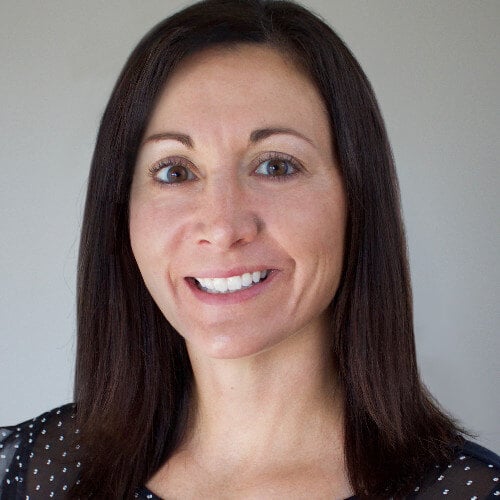Applying for Lawyers Malpractice Insurance is a yearly task that, like spring cleaning or getting a physical, is a necessary undertaking that is not pleasant but simply has to be done.
To make the task a little easier, here is a handy checklist of materials and information you will need in order to complete most Lawyers Malpractice Insurance applications. If you track down all of this data before sitting down with your application, you should be able to complete the process quickly and relatively painlessly. And, knowing that these data will be needed each year when you fill out your new insurance application, you can institute procedures to be sure to collect and track the data during the year, to make it that much easier and quicker to gather when the time comes.
Current Insurance Information/Last Year’s Application Answers
If you already have insurance, you’ll want to pull a copy of your previous year’s application, since many applications will ask about changes or differences between the current year and the last one. This is true even if you apply to a new carrier. And, if you are applying for renewal, much of the information will likely be the same as last year, so you’ll be that much more efficient when it is time to fill in all the answers on this year’s application.
Additionally, you will be helped by knowing the parameters of your current policy, including the limits of liability, deductible type and amount (e,g. aggregate or per claim, first dollar defense or not), and how many years of continuous coverage you have maintained. Any application to a new carrier will ask about these data; while a renewal application likely won’t have these specific questions, having the information handy will help you decide whether you want to seek any changes from your current carrier.
Data Regarding Revenue
Every application will include questions about the firm’s revenue numbers from the prior year. So, you’ll need to have your financial records available, and organized in a few different ways, including:
- Overall revenue
- Percentage of revenue generated/percentage of hours worked by area of practice (each carrier has its own preference regarding the unit of measure)
- How these breakdowns differ from the previous year, if at all
- Information about billing and collection procedures, including:
- Information about outstanding receivables carried throughout the year
- Information about any billing disputes you may have had with clients over the past year
- Information about any fee suits you may have had with clients over the past year
- With respect to such suits, you’ll want to know their current status and whether the client has raised any complaints or affirmative defenses suggesting that they were dissatisfied with your firm’s representation of them in the underlying matter
Data regarding hours billed/hours worked by each attorney in the firm
Every application will include questions about how each attorney spent their time, including:
- Hours billed by each attorney, overall and by area of practice
- Hours worked by each attorney, which is different of course than hours billed, and may be more difficult for the firm to determine
Even if you or your firm uses transactional rather than hourly billing, you will still need to offer these statistics on the application.
Attorney-specific Information About Licensing, Disciplinary History, Criminal History, And Other Legal And Regulatory Matters
Every application has questions about each individual attorney and paralegal that does work for your firm, in order to investigate their personal history regarding various issues. You’ll need basic information about:
- Their license history, including which jurisdictions they are or have been licensed in and the current status of those licenses (and the reasons for any change in status—especially if they have let a license lapse);
- Professional disciplinary history going back up to ten years, including any past or current complaints and the status thereof (including disciplinary actions in other professions if they carry dual licenses);
- Personal criminal history, including past convictions or pending actions;
- Other personal legal and regulatory history, including pending personal lawsuits, IRS audits, or other such actions
Data About Claims History And Potential Or Pending Claims
Every application will ask you about your claims history and about whether you are aware of any circumstances or potential claims that could become actual claims in the future. To answer these questions fully, you’ll need to gather data from each of your attorneys regarding their casework from the past year. If any of your attorneys worked at a different firm in the past five years, you’ll need data about any claims pending against their old firm in which they could be named or in some other way be a part of.
Armed with this information, you will need to make a reasoned analysis about whether or not any of those representations or client interactions could eventually ripen into some sort of complaint against your firm or someone in it. This is obviously not an exact science.
Certainly, it could be said that any matter always presents a risk of a claim, since even frivolous actions fall under the definition of “claim” under legal malpractice policies. Indeed even interactions with potential clients pose risks of claims. Does that mean you should just attach your entire year’s worth of matters to your application in answer to this question? Probably not.
At the other extreme, it is highly unlikely that every matter and interaction you and your colleagues had in the prior year were completely devoid of mistakes, miscommunications, or other problems. Does this mean, though, that every one of those glitches poses a likelihood of a future claim? Probably not.
Ultimately, answering these application questions requires a mix of legal analysis, risk appetite, and personal judgment. Failure to disclose a circumstance or potential claim that you are—or ought to be—fairly certain could reasonably be the basis of a claim could jeopardize coverage if the claim does actually arise in the future.
